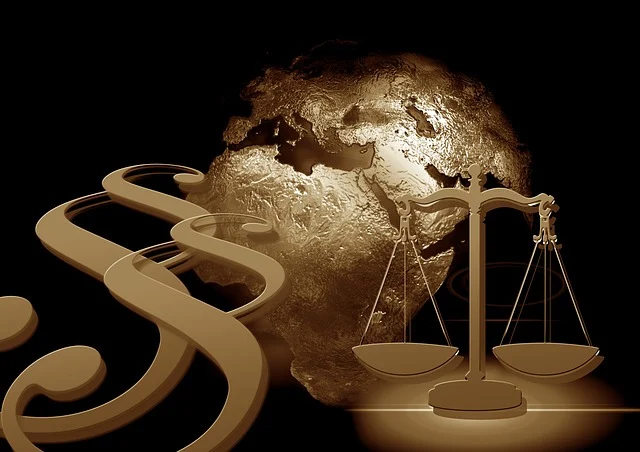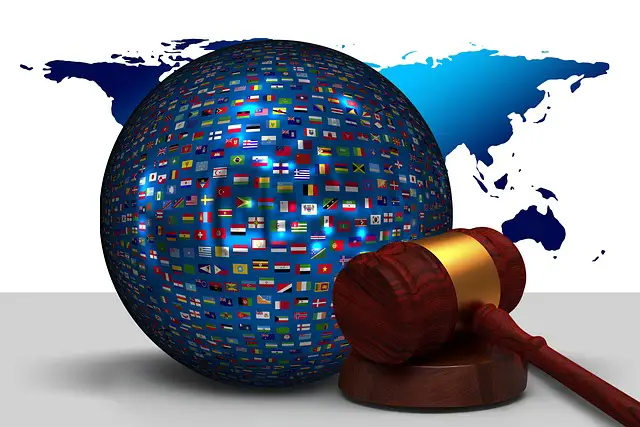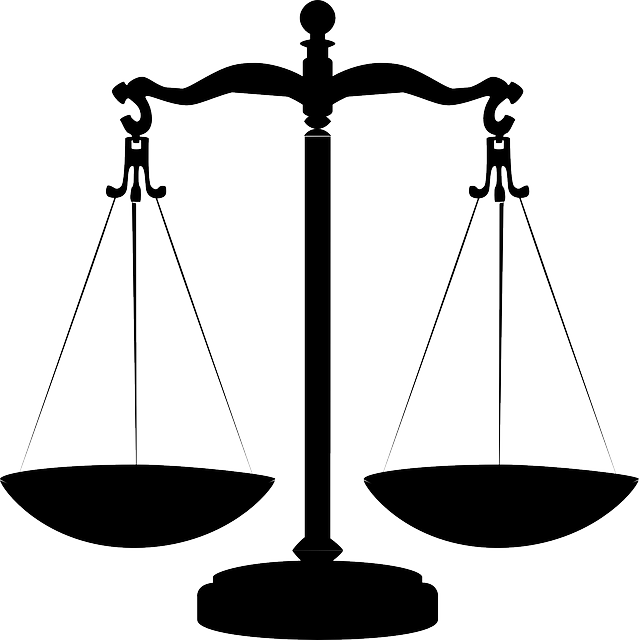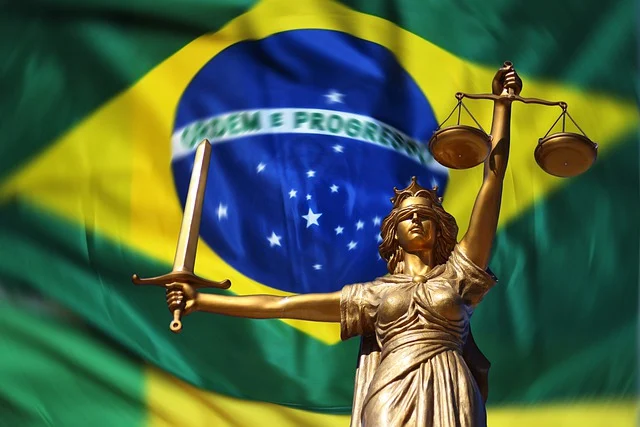Introduction

International law plays a crucial role in governing the relationships between nations, shaping global trade, diplomacy, and conflict resolution. As our world becomes increasingly interconnected, understanding international law is more important than ever for governments, businesses, and individuals alike. This guide explores the fundamental aspects of international law, its impact on global affairs, and the evolving trends that shape it.
Table of Contents:
- What is International Law?
- Historical Background of International Law
- Types of International Law
- Sources of International Law
- International Institutions and Bodies
- The Role of International Law in Global Trade
- Human Rights and International Law
- International Dispute Resolution
- Challenges and Future Directions in International Law
- FAQs
What is International Law?

International law is a body of rules and principles that govern the conduct of states and international organizations, and, to a lesser extent, individuals in their interactions with each other. It aims to maintain international order, promote peace and security, and facilitate cooperation among nations.
Key Objectives of International Law:

- Maintaining Peace and Security: By regulating conflicts and encouraging diplomatic solutions, international law seeks to prevent wars and manage disputes.
- Promoting Human Rights: International law provides frameworks for protecting fundamental human rights and ensuring justice.
- Facilitating International Cooperation: It helps in fostering collaboration on global issues like trade, environment, and health.
- Regulating International Trade: It establishes rules for trade relations and economic transactions between countries.
Historical Background of International Law

International law has evolved over centuries, influenced by historical events and philosophical developments. Key milestones include:
1. Ancient Treaties and Customs
Early examples of international law can be traced back to ancient civilizations, such as the treaties between Mesopotamian states and the principles of conduct followed by Greek and Roman empires.
2. The Peace of Westphalia (1648)

The Peace of Westphalia marked the end of the Thirty Years’ War in Europe and is often cited as the beginning of the modern state system. It established the concept of national sovereignty and the principle of non-intervention.
3. The Development of Customary International Law
In the 19th and 20th centuries, customary international law and treaties became more formalized. The establishment of international organizations like the League of Nations and later the United Nations played a crucial role in this development.
4. Post-World War II Era
The aftermath of World War II saw the creation of various international legal frameworks and institutions aimed at preventing future conflicts and promoting human rights. The United Nations and its various bodies became central to the enforcement and development of international law.
Types of International Law

International law can be categorized into several types, each addressing different aspects of international relations and governance:
1. Public International Law
Public international law deals with the relationships between sovereign states and international entities. It covers areas such as:
- Diplomatic Relations: Rules governing the conduct of diplomatic missions and the rights and responsibilities of diplomats.
- International Humanitarian Law: Also known as the law of armed conflict, it regulates the conduct of warfare and aims to protect civilians and combatants.
2. Private International Law

Private international law, or conflict of laws, addresses legal disputes that involve more than one legal jurisdiction. It deals with:
- Jurisdiction: Which country’s courts have authority to hear a case.
- Choice of Law: Which country’s laws apply to a particular dispute.
- Recognition and Enforcement: How judgments from one country are recognized and enforced in another.
3. Supranational Law
Supranational law is a form of international law that takes precedence over national laws. Examples include:
- European Union Law: Governs the member states of the EU and takes precedence over national legislation.
- World Trade Organization (WTO) Law: Regulates international trade agreements and practices.
4. International Human Rights Law

This branch of international law focuses on the protection and promotion of human rights. Key instruments include:
- The Universal Declaration of Human Rights (UDHR): A foundational document outlining fundamental human rights.
- International Covenants: Such as the International Covenant on Civil and Political Rights (ICCPR) and the International Covenant on Economic, Social and Cultural Rights (ICESCR).
Sources of International Law

International law is derived from several sources, which provide the basis for its rules and principles:
1. Treaties and Conventions
Formal agreements between states or international organizations. Examples include:
- The Geneva Conventions: Establish rules for humanitarian treatment in war.
- The Paris Agreement: Addresses climate change and environmental protection.
2. Customary International Law
Consists of practices and norms that have developed over time and are accepted as legally binding. These practices must be widely followed and considered legally obligatory.
3. General Principles of Law
Principles that are recognized by civilized nations and applied universally. These include principles such as fairness, justice, and equality.
4. Judicial Decisions and Teachings
Decisions from international courts and writings of eminent legal scholars can influence the development and interpretation of international law.
International Institutions and Bodies

Several international institutions and bodies play key roles in the creation, interpretation, and enforcement of international law:
1. The United Nations (UN)
The UN is a major international organization aimed at promoting peace, security, and cooperation. Key bodies include:
- The UN Security Council: Responsible for maintaining international peace and security.
- The International Court of Justice (ICJ): Settles legal disputes between states and gives advisory opinions on international legal issues.
2. The World Trade Organization (WTO)
The WTO oversees global trade rules and resolves disputes between member countries regarding trade practices.
3. The International Criminal Court (ICC)

The ICC prosecutes individuals for crimes such as genocide, war crimes, and crimes against humanity. It provides a mechanism for international criminal justice.
4. The International Monetary Fund (IMF)
The IMF provides financial assistance and advice to member countries and works to ensure global monetary cooperation and financial stability.
5. The World Health Organization (WHO)
The WHO addresses international health issues and provides leadership on global health matters, including responses to pandemics and health emergencies.
The Role of International Law in Global Trade

International law plays a critical role in regulating global trade and economic relations. Key aspects include:
1. Trade Agreements
International trade agreements, such as the North American Free Trade Agreement (NAFTA) and the Comprehensive Economic and Trade Agreement (CETA), facilitate trade between countries by reducing tariffs and other trade barriers.
2. Dispute Resolution
The WTO provides mechanisms for resolving trade disputes between countries. The dispute settlement system ensures that trade agreements are enforced and that disputes are addressed fairly.
3. Intellectual Property Rights

International treaties, such as the Agreement on Trade-Related Aspects of Intellectual Property Rights (TRIPS), establish standards for the protection of intellectual property across borders.
4. Investment Protection
International investment agreements provide protections for foreign investors and establish mechanisms for resolving disputes between investors and host countries.
Human Rights and International Law

International law plays a significant role in promoting and protecting human rights globally. Key instruments and frameworks include:
1. The Universal Declaration of Human Rights (UDHR)
Adopted by the UN General Assembly in 1948, the UDHR outlines fundamental human rights and freedoms to which all individuals are entitled.
2. International Human Rights Treaties
Treaties such as the ICCPR and ICESCR establish legally binding obligations for states to respect, protect, and fulfill human rights.
3. Regional Human Rights Systems

Regional systems, such as the European Court of Human Rights (ECHR) and the Inter-American Commission on Human Rights, provide additional mechanisms for protecting human rights within specific regions.
4. Human Rights Monitoring and Reporting
International bodies, such as the UN Human Rights Council and various non-governmental organizations (NGOs), monitor human rights practices and report on violations.
International Dispute Resolution

International law provides various mechanisms for resolving disputes between states and other international actors:
1. Diplomatic Negotiations
States often resolve disputes through diplomatic channels, engaging in negotiations and dialogue to reach mutually acceptable solutions.
2. Arbitration
International arbitration involves resolving disputes through a neutral third party, known as an arbitrator or arbitration panel. This method is commonly used in trade and investment disputes.
3. Judicial Settlement

International courts, such as the ICJ, provide judicial solutions to disputes between states based on legal principles and evidence.
4. Mediation
Mediation involves the assistance of a third party who helps the disputing parties reach a settlement. Mediators facilitate negotiations and help identify common ground.
